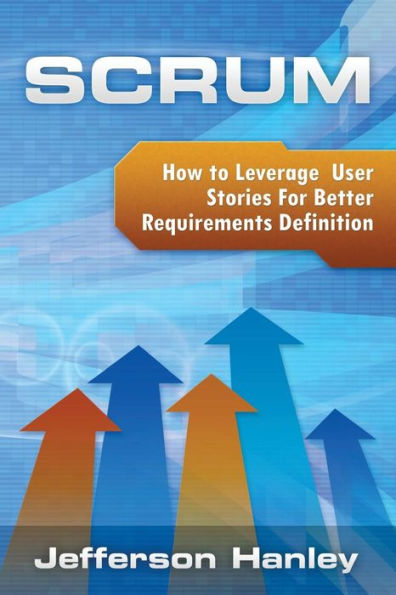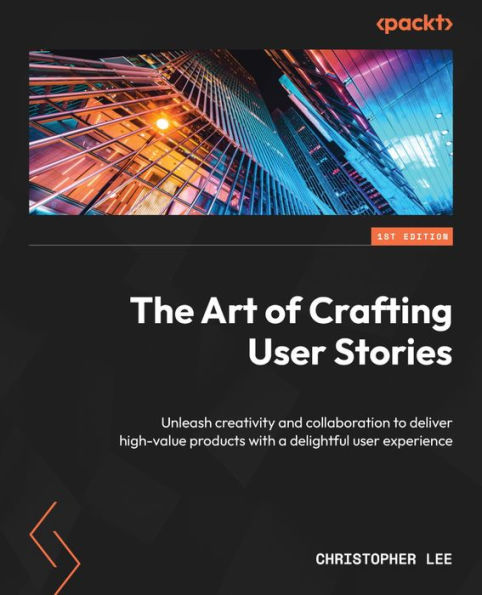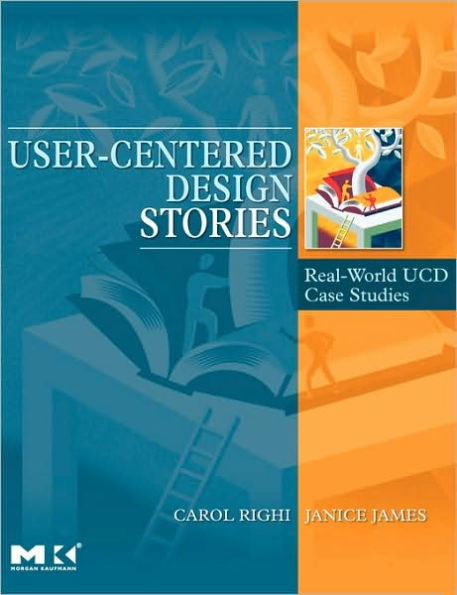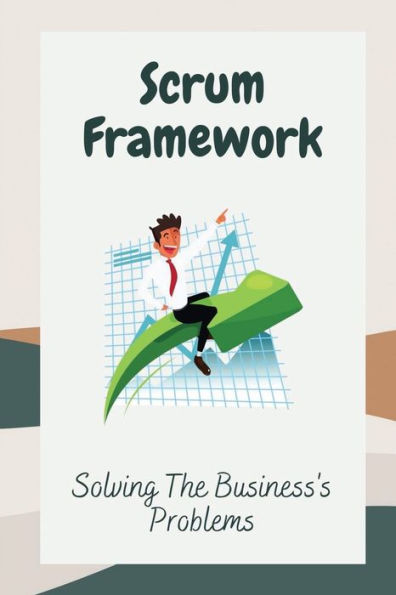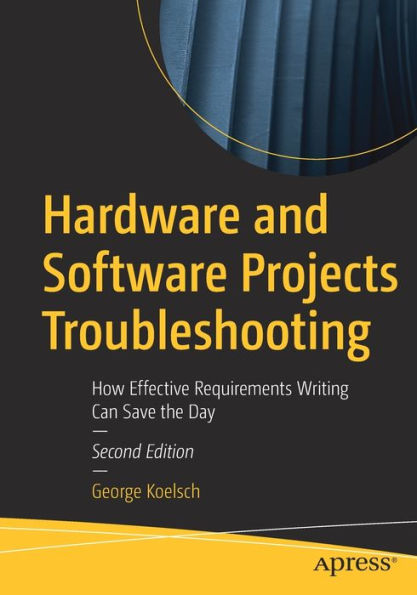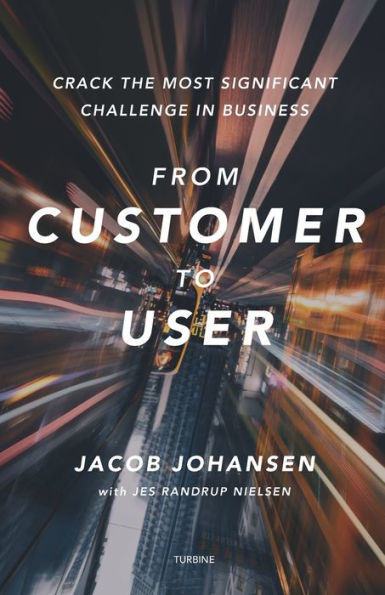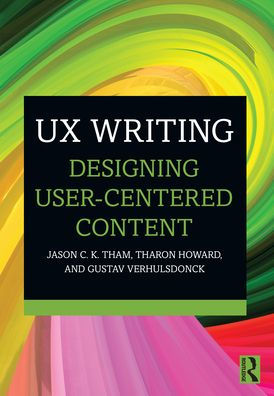Home
Writing Effective User Stories: As a User, I Can Express a Business Need in User Story Format To Get the IT Solution I Need
Loading Inventory...
Barnes and Noble
Writing Effective User Stories: As a User, I Can Express a Business Need in User Story Format To Get the IT Solution I Need
Current price: $8.99
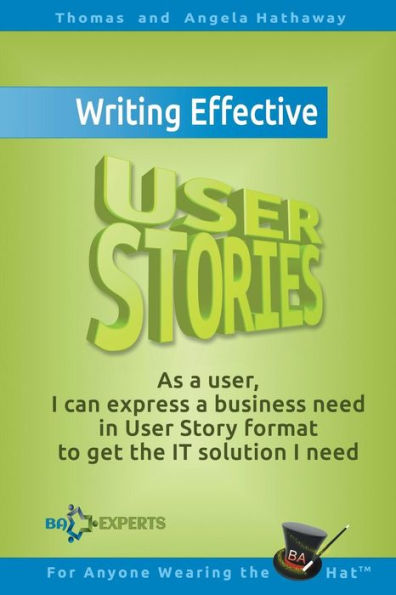

Barnes and Noble
Writing Effective User Stories: As a User, I Can Express a Business Need in User Story Format To Get the IT Solution I Need
Current price: $8.99
Loading Inventory...
Size: OS
*Product Information may vary - to confirm product availability, pricing, and additional information please contact Barnes and Noble
User Stories are a great method for expressing stakeholder requirements, whether your projects follow an Agile, Iterative, or a Waterfall methodology. They are the basis for developers to deliver a suitable information technology (IT) app or application. Well-structured user stories express a single action to achieve a specific goal from the perspective of a single role. When writing user stories, stakeholders knowledgeable about the role should focus on the business result that the IT solution will enable while leaving technology decisions up to the developers. Good user stories are relevant to the project, unambiguous, and understandable to knowledge peers. The best user stories also contain crucial non-functional (quality) requirements, which are the best weapon in the war against unsatisfactory performance in IT solutions.
This book presents two common User Story structures to help you ensure that your User Stories have all the required components and that they express the true business need as succinctly as possible. It offers 5 simple rules to ensure that your User Stories are the best that they can be. That, in turn, will reduce the amount of time needed in User Story elaboration and discussion with the development team.
After reading this book you will be able to:
Elaborate User Stories to identify measurable non-functional requirements
The term "User Story" is a relative new addition to our language and its definition is evolving. In today's parlance, a complete User Story has three primary components, namely the "Card", the "Conversation", and the "Criteria". Different roles are responsible for creating each component.
The "Card" expresses a business need. A representative of the business community is responsible for expressing the business need. Historically (and for practical reasons) the "Card" is the User Story from the perspective of the business community. Since we wrote this book specifically to address that audience, we use the term "User Story" in that context throughout.
The "Conversation" is an ongoing discussion between a developer responsible for creating software that meets the business need and the domain expert(s) who defined it (e.g., the original author of the "Card"). The developer initiates the "Conversation" with the domain expert(s) to define the "Criteria" and any additional information the developer needs to create the application. There is much to be written about both the "Conversation" and the "Criteria", but neither component is dealt with in any detail in this publication.
A well-written User Story ("Card") can drastically reduce the time needed for the "Conversation". It reduces misinterpretations, misunderstandings, and false starts, thereby paving the way for faster delivery of working software. We chose to limit the content of this publication to the "User Story" as understood by the business community to keep the book focused and address the widest possible audience.
